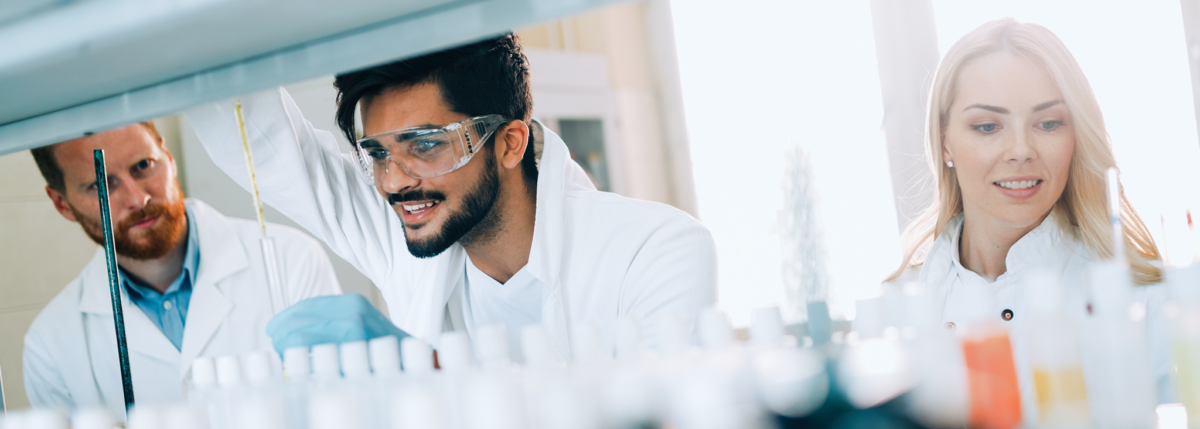Next Level Management: Understanding DreaMed’s Technology
This content was created as part of a partnership between Beyond Type 1 and DreaMed Diabetes, an active partner of Beyond Type 1 at the time of publication.
A technology overview
DreaMed Advisor is a decision support system that uses data to inform insulin dosing. The team at DreaMed Diabetes created an algorithm to help healthcare providers and patients learn more about diabetes management, with a focus on insulin dosing and titration. Essentially, Advisor takes information like blood glucose levels, consumption of food and insulin delivery to further personalize and regiment insulin therapy. The algorithm calculates ideal basal rates, carb ratios, correction factors and other tips, tapping into sources of data that most patients already utilize and using it in a purportedly new and distinct way to find ways to better and more effectively dose insulin.
The process is ongoing, as Advisor’s algorithm is always working and learning about the individual and adapts suggestions for insulin dosing and other tips accordingly. DreaMed can pull data from the likes of glucose monitors, insulin pumps, food intake, diet information, personal logs and more—and it seems the more information it has, the better it works. The software is not currently FDA regulated for multiple daily injection (MDI) users, though hopefully this is on the horizon.
CEO Eran Atlas recently told Beyond Type 1, “We believe it’s our mission to use technology and algorithms to bring top tier care to everybody, everywhere, at any time.”
The result is a very precise, personalized approach to each patient and the algorithm takes any and all data and works to identify patterns. The program sends a report with recommendations to the patient’s healthcare provider for review and together, the HCP and the patient can go over the suggestions and figure out a plan of action together. All of this results in a personalized recommendation that can be revisited and revised quarterly (or more often) and be most effective in getting closer and closer to seamless management.
A personal take
Dena’s daughter Cameron first started using the algorithm when she was a participant in a DreaMed study. Diagnosed in 2015, Cameron started utilizing technology fairly quickly, adopting an insulin pump and shortly thereafter, a continuous glucose monitor (CGM). Her mom describes each new piece of technology as game-changer after game-changer—and the DreaMed algorithm was no exception.
“I’m very grateful that we were fortunate to come in at this point in the game when so many before us have done so much to make diabetes just part of a daily routine. It’s not defining who Cameron is—it’s just what she has to do,” Dena explains.
Dena’s family lives in Florida and Cameron is very active, hopping constantly in and out of the pool. She has a definite love of travel, having recently been to places like Taiwan, Norway and California, to name a few. And at just 18, Cameron already has an AA degree and is deciding her career path, having recently been assisting architects and engineers as a drafting apprentice.
Any diabetes tools would need to fit seamlessly into such a busy lifestyle, and that’s part of why using the algorithm felt like a step in the right direction. Prior to even learning about or trying it, Dena and Cameron were already getting specific about Cameron’s insulin dosing. They had set up several different basal programs for Cameron on their own, customizing rates based on things like her menstrual cycle and acupuncture appointments that seemed to affect her blood sugar in adverse ways time and time again. Dena found that personalizing her daughter’s insulin delivery in this way gave her thoroughly better blood glucose control and her beliefs were only confirmed once they learned about the algorithm.
“We had all these very specific programs in her personal diabetes manager (PDM) and her doctor laughed at me a number of times—he kind of felt it was silly to have so many incremental changes throughout the day… When the algorithm came along and I got the feedback from the first run through from the algorithm, I knew right away that it wasn’t her doctor giving me the recommendations because it too had added different time slots with different increments of how much insulin to give… As time went on, it just got better and better and the algorithm suggested things that I had never even thought about, like changing the presets on how much one unit of insulin will bring you down.”
A new routine
Now, every three weeks, Cameron downloads all of her pump and CGM data and her doctor runs it through the Advisor algorithm. Using Glooko with Advisor functioning on top of it, Cameron can see within the app what recommendations have been made by the algorithm and she can work with her doctor to implement those changes and reprogram her pump settings accordingly. Together, they tweak things like the amount of units of insulin per carb count based on patterns identified by the algorithm. And in another three months, they’ll go through this process again to keep fine-tuning Cameron’s treatment. According to Dena, “Not only does it improve the efficiency of her insulin, but it improves the education of things we can do to tailor the insulin delivery and that makes it that much more effective.”
As far as what the future holds, Dena thinks the only component that could make what they do now more effective would be closing the loop. She’d love to see a setup that can take the algorithm and tools they currently use and wire everything together to work even more efficiently.
As for Cameron, she’s poised to continue doing what she loves once she graduates high school this year: traveling the world. Her parents recently bought her an Airstream trailer and once she’s able, she’ll spend some much-needed time on the road. Thankfully, her mom has peace of mind that she’ll continue to be safe and successful in her management, as she is well-equipped and worries little about her type 1 diabetes (T1D).
Dena says tools like Advisor are what gives her hope for the long-term as it pertains to Cameron’s type 1 diabetes: “I don’t think you can truly quantify what the algorithm has done for people who implement and take that extra step to use it… My appreciation to the people that built this thing and have pushed so hard to make it a reality.”
Read more about DreaMed—Cracking the Code: CEO Eran Atlas Talks DreaMed’s Revolutionary Tech.





